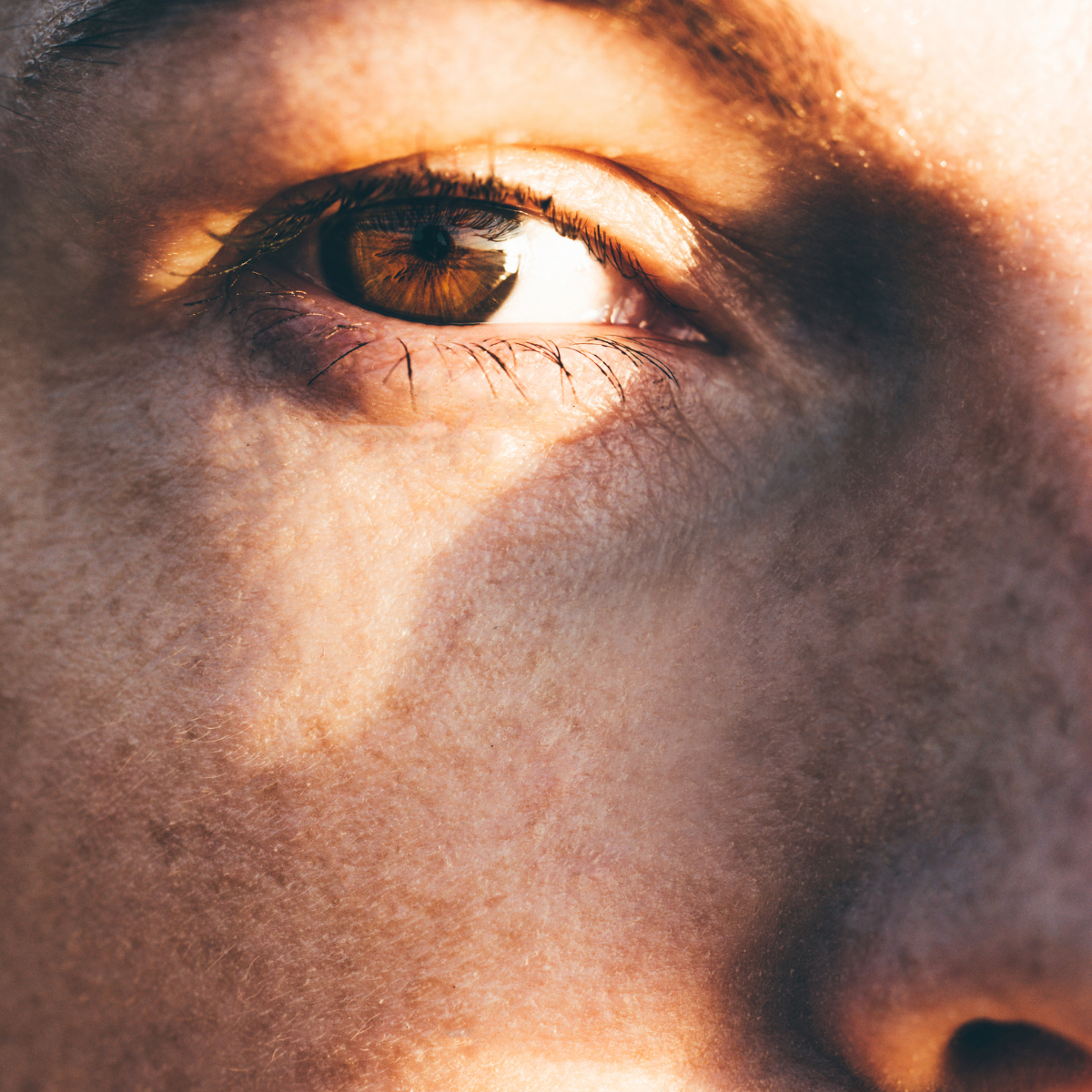Health
Eyelid Surgery Sees Surge: The Rise of Blepharoplasty

The demand for blepharoplasty, the surgical correction of drooping eyelids and dark circles, has significantly increased. According to the latest audit from the British Association of Aesthetic Plastic Surgeons (BAAPS), the number of blepharoplasty procedures rose by 13% between 2023 and 2024. On a global scale, approximately 1.7 million eyelid surgeries were conducted last year, marking a remarkable 24% increase compared to the previous year.
This uptick in popularity is not merely anecdotal. Social media platforms are flooded with individuals sharing their personal experiences with “bleph,” a term that has become shorthand for both upper and lower eyelid surgery. The trend highlights a growing belief that surgical options provide more effective solutions for issues like sagging eyelids and persistent under-eye bags, compared to non-surgical alternatives.
Many patients find that non-surgical options, such as dermal fillers, do not deliver lasting results. While fillers can temporarily alleviate concerns like tear-trough hollowing, they come with risks, including vascular occlusion and prolonged swelling. In contrast, blepharoplasty offers a more permanent solution, albeit with associated costs and recovery time.
Understanding Blepharoplasty: What It Treats and Who Qualifies
Blepharoplasty can serve both functional and aesthetic purposes. According to Mr. Mo Akhavani, a plastic surgeon and co-founder of The Plastic Surgery Group, the procedure may be necessary to improve vision when excess skin obstructs the eyelids. More commonly, it is performed to rejuvenate the eye area, addressing issues such as sagging upper lids and puffy lower lids.
Ideal candidates for blepharoplasty include adults who feel their eyes appear tired due to fine wrinkles, excess skin, or bulging fat pads. A comprehensive consultation is essential to determine individual suitability for the procedure.
The Benefits of Surgical Intervention
The permanence of results distinguishes blepharoplasty from non-surgical treatments. As Mr. Dan Marsh, also a co-founder of The Plastic Surgery Group, explains, “Blepharoplasty can remove skin, whereas fillers can’t.” While fillers may provide temporary volume restoration, surgery goes further by removing or repositioning fat and excising loose skin, offering long-lasting results.
During the procedure, which can often be performed under local anaesthetic for upper eyelid surgery, surgeons begin by marking the areas for intervention. For upper lids, incisions are made in the natural crease, while lower lids may be accessed just beneath the lashes or from within the eyelid. In some cases, fat is harvested from the abdomen and re-injected to fill hollow areas beneath the eyes.
Recovery and Results Timeline
Recovery from blepharoplasty is generally swift, with most patients able to return home the same day. Initial swelling and bruising are common, lasting approximately one to two weeks, during which patients are advised to take about two weeks off work. Sleeping with the head elevated can help manage discomfort, and light exercise is typically permissible after four weeks.
Patients can expect to see significant improvements within a month or two, although the full resolution of swelling may take up to a year. Scarring tends to fade over time, with healing speed influenced by factors such as age, genetics, and lifestyle.
Understanding Risks and Long-Term Considerations
While blepharoplasty is considered safe, it is not without risks. Potential complications include temporary blurred vision, swelling, bruising, and minor infections. Some individuals may experience difficulty fully closing their eyes during sleep, although this usually resolves with time. Choosing an experienced and qualified surgeon is crucial to minimizing these risks.
The effects of blepharoplasty are long-lasting, though they do not halt the natural aging process. Patients might find the need for additional procedures, such as a brow lift, as droopiness can develop over time.
As with any cosmetic procedure, extensive research and a consultation with a qualified surgeon are essential to ensure informed decision-making. The rising popularity of blepharoplasty underscores its appeal as a more definitive solution for those seeking to enhance their appearance and combat the signs of aging around the eyes.
-

 Entertainment3 months ago
Entertainment3 months agoAnn Ming Reflects on ITV’s ‘I Fought the Law’ Drama
-

 Entertainment4 months ago
Entertainment4 months agoKate Garraway Sells £2 Million Home Amid Financial Struggles
-

 Health3 months ago
Health3 months agoKatie Price Faces New Health Concerns After Cancer Symptoms Resurface
-

 Entertainment3 months ago
Entertainment3 months agoCoronation Street’s Carl Webster Faces Trouble with New Affairs
-

 Entertainment3 months ago
Entertainment3 months agoWhere is Tinder Swindler Simon Leviev? Latest Updates Revealed
-

 Entertainment4 months ago
Entertainment4 months agoMarkiplier Addresses AI Controversy During Livestream Response
-

 Science1 month ago
Science1 month agoBrian Cox Addresses Claims of Alien Probe in 3I/ATLAS Discovery
-

 World2 weeks ago
World2 weeks agoBailey Announces Heartbreaking Split from Rebecca After Reunion
-

 Health4 months ago
Health4 months agoCarol Vorderman Reflects on Health Scare and Family Support
-

 Entertainment4 months ago
Entertainment4 months agoKim Cattrall Posts Cryptic Message After HBO’s Sequel Cancellation
-

 Entertainment3 months ago
Entertainment3 months agoOlivia Attwood Opens Up About Fallout with Former Best Friend
-

 Entertainment2 weeks ago
Entertainment2 weeks agoCoronation Street Fans React as Todd Faces Heartbreaking Choice





















